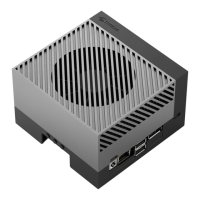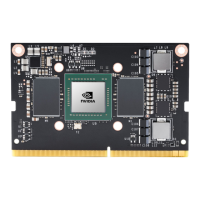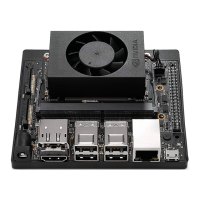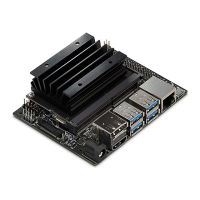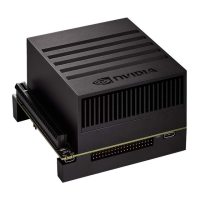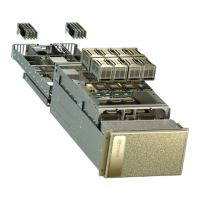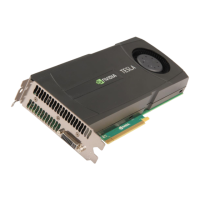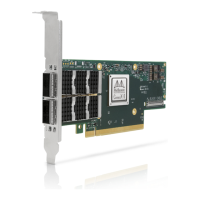Display
PRELIMINARY INFORMATION
NVIDIA Jetson Orin NX DG-10931-001_v0.1 | 48
Min Trace spacing (Pair-Pair)
Stripline: 2.1
Stripline: 1.4b/2.0
Microstrip: 2.1
4x
3x
7x
dielectric
For Stripline, this is 3x of the thinner of
above and below.
Trace spacing (Main link to DDC)
Stripline
3x
dielectric
For Stripline, this is 3x of the thinner of
above and below.
Stripline (4x spacing)
76 (535)
mm (ps)
Propagation delay: 6.9ps/mm
assumption for Stripline, 5.9ps/mm for
Max Total Delay (1.4b/2.0)
Stripline
Microstrip (5x spacing)
101 (700)
88.5 (525)
mm (ps)
Propagation delay: 6.9ps/mm
assumption for Stripline, 5.9ps/mm for
Microstrip.
Max intra-pair (within pair) skew
Max inter-pair (pair to pair) skew
Max GND transition via distance
For signals switching reference layers,
add one or two ground stitching vias. It is
recommended they be symmetrical to
- Y-pattern is recommended
- keep symmetry
Xtalk suppression is the best by Y-
pattern. Also it can reduce the limit of
pair-pair distance. Need review
(NEXT/FEXT check) if via placement is
not Y-pattern. See
Figure 9-12
Recommended via dimension
drill/pad
Antipad
200/400
840
uM
Place GND via as symmetrically as
possible to data pair vias. Up to four
signal vias (2 diff pairs) can share a
GND via is used to maintain return path,
while its Xtalk suppression is limited
The break-in trace to the connector pin
via should be routed on the BOTTOM in
order to avoid via stub effect
Equal spacing (0.8mm) between
adjacent signal vias.
The x-axis distance between signal and
GND via should be > 0.6mm
PTH via
u-via
2 if all vias are PTH via
Not limited if total channel loss
No breakout: ≤ 3 vias: See Figure 9-14
Breakout on the same layer as main
trunk: ≤ 4 vias: See Figure 9-15
long via stub requires review (IL and
resonance dip check)
The main route via dimensions should comply with the via structure rules (See via
section)
See topology in Figure 9-9
For the connector pin vias, follow the rules for the connector pin vias (See via section)
The traces after main route via should be routed as 100Ω differential or as uncoupled
50ohm SE traces on PCB top or bottom.
PD
Max distance from AC cap to RPD stubbing
point (seg A)
Max distance between ESD and signal via
Example of a case where space is limited for
placing components.
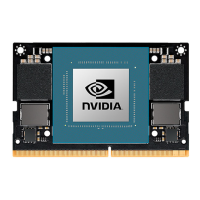
